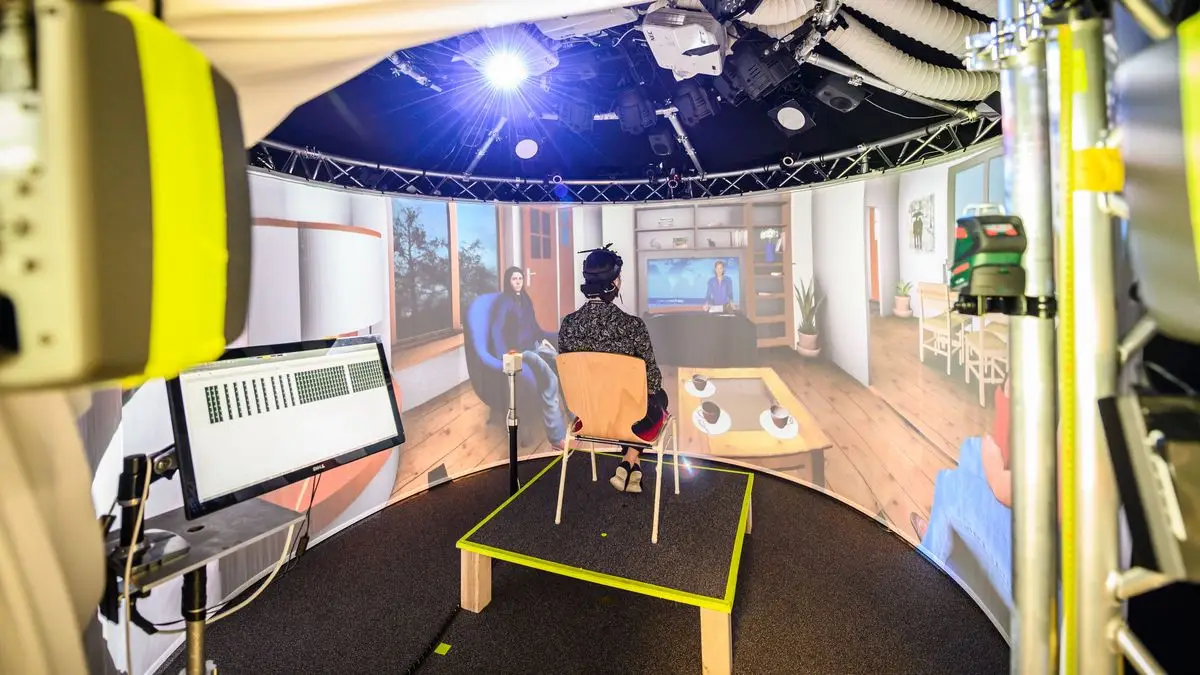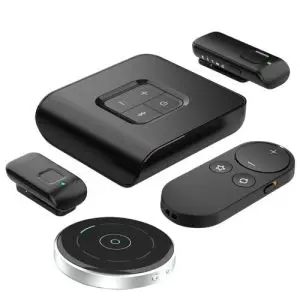A Review of some Hearing Research by Karen M
Dr. Corinna Dahm-Brey Carl von Ossietzky-Universitat Oldenburg
Published May 27, 2022
For the past four years, the Collaborative Research Centre (CRC) has been working to develop smart hearing aids that adapt to the individual needs of the user.
Now the German Research Foundation (DFG) has extended the funding for this project. Led by Dr. Volker Hohmann of the University of Oldenburg, the CRC is focusing on developing hearing aids and hearing assistance systems that use artificial intelligence (AI) to automatically adjust to different environments. This will make the devices more adaptable to the individual needs of the end user.
“In our aging society, it is becoming increasingly urgent to develop hearing aids and other communication aids that work effectively in difficult acoustic environments and really help people in daily life. Oldenburg’s hearing research is doing excellent work and is highly recognized both nationally and internationally. The German Research Foundation’s renewed funding commitment underlines this in an impressive way”, said University President Prof. Dr. Ralph Bruder.
The CRC Hearing Acoustics brings together various disciplines, in particular, acoustics, audiology, psychoacoustics, engineering sciences, and physical modeling. The first phase focused on the interactions between people with impaired hearing and their environments.” In real life, the hearing situation changes constantly because people react to voices and sounds. For example, they turn their head toward the sound source, or shift their gaze.. We call this the “acoustic communication loop”, says Hohmann.
In the past few years, the team has succeeded in incorporating the hearing aid into this acoustic communication loop. The device determines the direction of the test person’s gaze and head movements and then adjusts the signal processing to ensure that the targeted sound source can be optimally heard.
Another discovery of the first phase is the “hearpiece”, a special, particularly high-quality earpiece for research purposes. The device can boost sound in exactly the same way as a hearing aid. The researchers can use it to test new algorithms for signal processing directly in the ear. Hohmann says, “Thanks to the interdisciplinary collaboration within the CRC, we were able to combine acoustics and signal processing methods and have made considerable progress.”
Now as the second funding period begins, the CRC team plans to refine and merge its perception models, algorithms, and applications. The long-term goal is for each hearing aid to constantly learn and get better at predicting which setting is optimal for the user in a specific situation. People with impaired hearing are to be able to enter the necessary feedback themselves via their smartphone.
The team is working on international standards in hearing research and audiology in order to facilitate exchange between laboratories. Also, the CRC aims to develop new hearing-acoustic tests in virtual environments to better identify differences in perception. This should make it possible to design diagnostics and hearing aid rehabilitation measures that are optimally tailored to the needs of the individual.
This essentially means that the hearing aids of the future will be able to act more like your brain; allowing you to hear more “normally”. If you have questions about this article, or you would like to read it for yourself, please contact us. We are excited to help you!
Thanks for reading and stay tuned!





